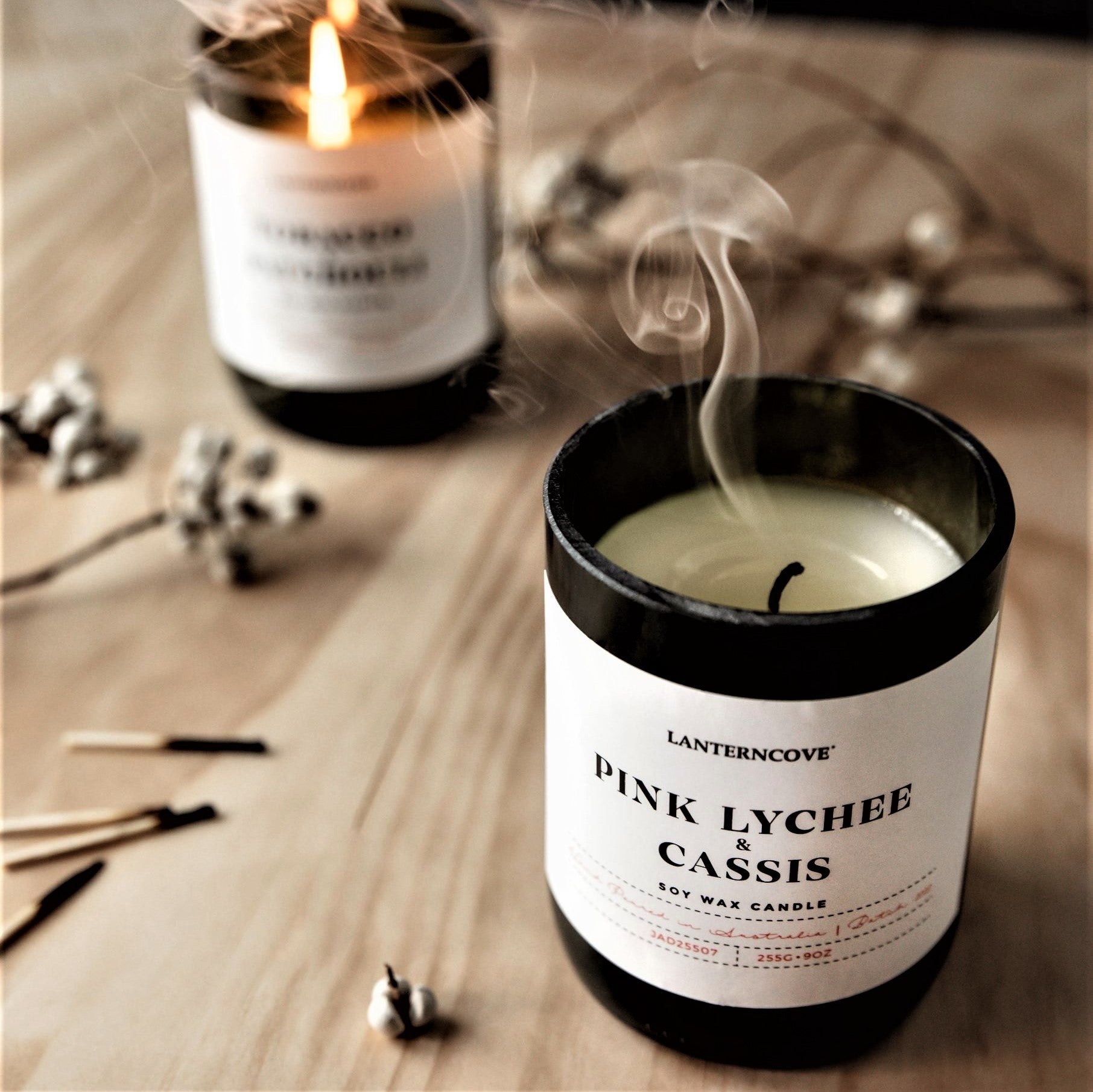Explore the Magic of Crystal Soy Candles and Home Fragrance
Explore the Magic of Crystal Soy Candles and Home Fragrance
Blog Article
From Wick to Wax: Understanding the Chemistry Behind Soy Wax Candles and Their Ecological Impact
As we brighten our rooms with the warm glow of candle lights, there lies a world of elaborate chemistry behind the relatively easy act of lighting a soy wax candle. The choice between soy and paraffin wax extends beyond mere visual appeals, delving right into the world of ecological impact and the extremely structure of the products. Recognizing the molecular structure of soy wax and its combustion process loses light on the emissions launched right into our environments. Join us as we untangle the clinical details behind soy wax candles and discover their implications on our atmosphere.
Soy Wax Vs. Paraffin Wax
When contrasting soy wax and paraffin wax for candle light production, it is important to comprehend the distinctive features and benefits of each material. Soy wax is a natural, renewable energy originated from soybean oil, making it environment-friendly and biodegradable - soy wax candles. In contrast, paraffin wax is a by-product of petroleum refining, which elevates issues regarding its ecological impact and sustainability
Soy wax candle lights melt cleaner and produce much less residue compared to paraffin wax candle lights, making them a healthier selection for interior air top quality. Furthermore, soy wax has a lower melting factor, allowing for a longer-lasting candle light that spreads fragrance better. Paraffin wax, on the various other hand, often tends to shed faster and much less cleanly, potentially launching unsafe chemicals into the air.
From a sustainability point of view, soy wax is preferred for its biodegradability and sustainable sourcing, lining up with the growing consumer choice for ecologically aware items. While paraffin wax has been a typical option in candle making due to its cost and convenience of usage, the shift towards environmentally friendly alternatives like soy wax is obtaining momentum in the industry.
Chemical Composition of Soy Wax

Combustion Process in Soy Candles
The chemical make-up of soy wax straight affects the burning process in soy candles, impacting variables such as shed article time, scent launch, and environmental impact. When a soy candle light is lit, the warm from the flame melts the wax near the wick. This liquid wax is then created the wick because of capillary action. As the fluid wax gets to the flame, it vaporizes and undertakes combustion. The burning process involves the vaporized hydrocarbons in the wax responding with oxygen in the air to create warm, light, water vapor, and co2.
The burning performance of soy candle lights is affected by the purity of the soy wax and the top quality of the wick. Furthermore, soy wax candle lights have a lower ecological influence compared to paraffin candles due to their eco-friendly and biodegradable nature.

Ecological Advantages of Soy Wax

Thought about a lasting option to conventional paraffin wax, soy wax provides remarkable environmental advantages that make it a popular option among eco-conscious customers. Soy wax burns cleaner and creates much less residue than paraffin wax, adding to much better interior air top quality and decreasing the requirement for cleansing and upkeep. On the whole, the environmental advantages of soy wax straighten with the expanding need for lasting and environmentally friendly products in the market.
Recycling and Disposal Factors To Consider
Recycling and proper disposal of soy wax candle from this source lights play a critical function in maintaining environmental sustainability and reducing waste in areas and families. When it comes to recycling soy wax candle lights, the very first step is to guarantee that the candle light has actually shed entirely.

In regards to disposal, if recycling is not an alternative, soy wax candles are naturally degradable and can be safely dealt with in a lot of household waste systems. It is always recommended to check with regional recycling centers or waste administration services for details guidelines on candle disposal to make certain appropriate handling and ecological defense.
Conclusion
In conclusion, the chemistry behind soy wax candle lights discloses their environmental benefits over paraffin wax candle lights. Soy wax, obtained from soybean oil, burns cleaner and generates much less residue when compared to paraffin wax.
When contrasting soy wax and paraffin wax for candle production, it is necessary to recognize the distinct attributes and benefits of each product (candles).Soy wax candles melt cleaner and release less soot contrasted to paraffin wax candle lights, making them a healthier option for indoor air quality.Thought about a lasting choice to standard paraffin wax, soy wax offers remarkable environmental advantages that make it a preferred option amongst eco-conscious customers. Soy wax burns cleaner and generates less residue than paraffin wax, contributing to better indoor air quality and decreasing the demand for cleansing and upkeep.In final thought, the chemistry behind soy wax candle lights reveals their environmental advantages over paraffin wax candles
Report this page